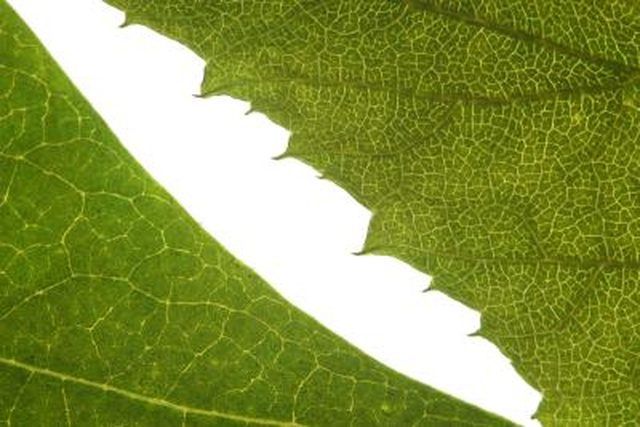Bulbs
Flower Basics
Flower Beds & Specialty Gardens
Flower Garden
Garden Furniture
Garden Gnomes
Garden Seeds
Garden Sheds
Garden Statues
Garden Tools & Supplies
Gardening Basics
Green & Organic
Groundcovers & Vines
Growing Annuals
Growing Basil
Growing Beans
Growing Berries
Growing Blueberries
Growing Cactus
Growing Corn
Growing Cotton
Growing Edibles
Growing Flowers
Growing Garlic
Growing Grapes
Growing Grass
Growing Herbs
Growing Jasmine
Growing Mint
Growing Mushrooms
Orchids
Growing Peanuts
Growing Perennials
Growing Plants
Growing Rosemary
Growing Roses
Growing Strawberries
Growing Sunflowers
Growing Thyme
Growing Tomatoes
Growing Tulips
Growing Vegetables
Herb Basics
Herb Garden
Indoor Growing
Landscaping Basics
Landscaping Patios
Landscaping Plants
Landscaping Shrubs
Landscaping Trees
Landscaping Walks & Pathways
Lawn Basics
Lawn Maintenance
Lawn Mowers
Lawn Ornaments
Lawn Planting
Lawn Tools
Outdoor Growing
Overall Landscape Planning
Pests, Weeds & Problems
Plant Basics
Rock Garden
Rose Garden
Shrubs
Soil
Specialty Gardens
Trees
Vegetable Garden
Yard Maintenance
Photorespiration Vs. Photosynthesis
Photorespiration Vs. Photosynthesis. Photorespiration is a process that takes place when CO2 levels in leaf cells are low. It reduces the efficiency of photosynthesis and the net productivity of the plant. Some plants have evolved alternate methods of photosynthesis that help to minimize losses to photorespiration.

Photorespiration is a process that takes place when CO2 levels in leaf cells are low. It reduces the efficiency of photosynthesis and the net productivity of the plant. Some plants have evolved alternate methods of photosynthesis that help to minimize losses to photorespiration.
Types
The second phase of photosynthesis involves the dark or light-independent reactions. At the start of the light-independent reactions, carbon dioxide is added to a five-carbon sugar, creating a six-carbon sugar that will participate in a series of further reactions to form glucose. In photorespiration, by contrast, oxygen is added to the five-carbon sugar instead of carbon dioxide.
Effects
Photorespiration forms 3-phosphoglyceric acid and glycolate; the former is recycled through the Calvin cycle, whereas the latter is taken up by structures inside the cell called peroxisomes, which help break down the glycolate. Ultimately the process of photorespiration consumes oxygen and releases carbon dioxide. Since it reduces the efficiency of photosynthesis, it's largely counterproductive but nonetheless plays an important role in plant cells.
Considerations
Some plants have evolved alternative photosynthetic processes that minimize photorespiration. Plants like corn, sugarcane and cacti are common in many environments thanks to these adaptations.